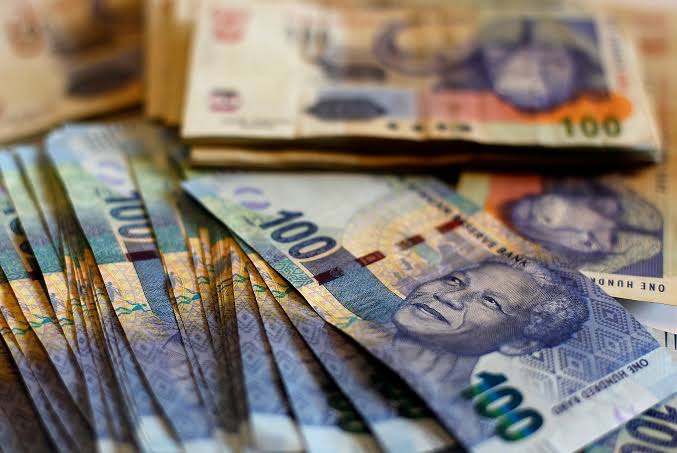
•Only a handful of African countries, like Nigeria, Morocco, and Kenya, have enough resources to print their own currencies or mint their own coins.
Faith Nyasuguta
Decades after independence, over 40 African nations still print their money in Germany, France and the UK.
This was revealed by a recent study examining why many African countries still outsource their currency production.
The study, published by German public international broadcaster Deutsche Welle, found that over two-thirds of Africa’s 54 countries still print their money overseas, mostly in Europe and North America.
It revealed that countries like Ethiopia, Libya and Angola — alongside 14 other countries — place orders from British banknote printing giant De La Rue.
In addition, six or seven other nations, among them South Sudan, Tanzania and Mauritania, are said to print their money in Germany’s Giesecke+Devrient.
Most French-speaking African nations are also known to print their money with France’s central bank and with the French printing company Oberthur Fiduciaire.

The study further disclosed that just a few African countries like Nigeria, Morocco, and Kenya, have sufficient resources to print their own currencies or mint their coins. However, they sometimes supplement production with imports.
A separate significant insight from the article explores how much it costs African countries to print their currencies abroad.
Deutsche Welle says, “since these countries usually order millions of notes to be carted in containers, they usually have to pay hefty shipping fees. In The Gambia’s case, officials say shipping costs rack up a bill of £70,000 (€84,000, $92,000).”
Mma Amara Ekeruche from the African Center for Economics Research explained that when a country’s currency is not in high demand — and not used globally like the US dollar or the British pound — it makes little financial sense to print it at home due to the high cost involved.
Ekeruche detailed that money-printing machines usually churn out millions of notes at a time. Countries with smaller populations, like The Gambia or Somaliland, would have more money than they needed if they printed their own.
“If a country prints one banknote for €10 at home and sees that it can print it for about €8 abroad, why would they incur more costs? It won’t make sense,” Ekeruche explained.

The article concluded that printing banknotes in Africa would boost profits on the continent. Theoretically, African nations could choose those with printing capabilities since there’s likely some idle capacity.
A recent case study is The Gambia’s central bank officials who are proposing a possible partnership with Nigeria. If that happens at a scale where many African countries could start to look inwards for their currency orders, it could shrink shipping costs drastically.
RELATED:





Recent Comments